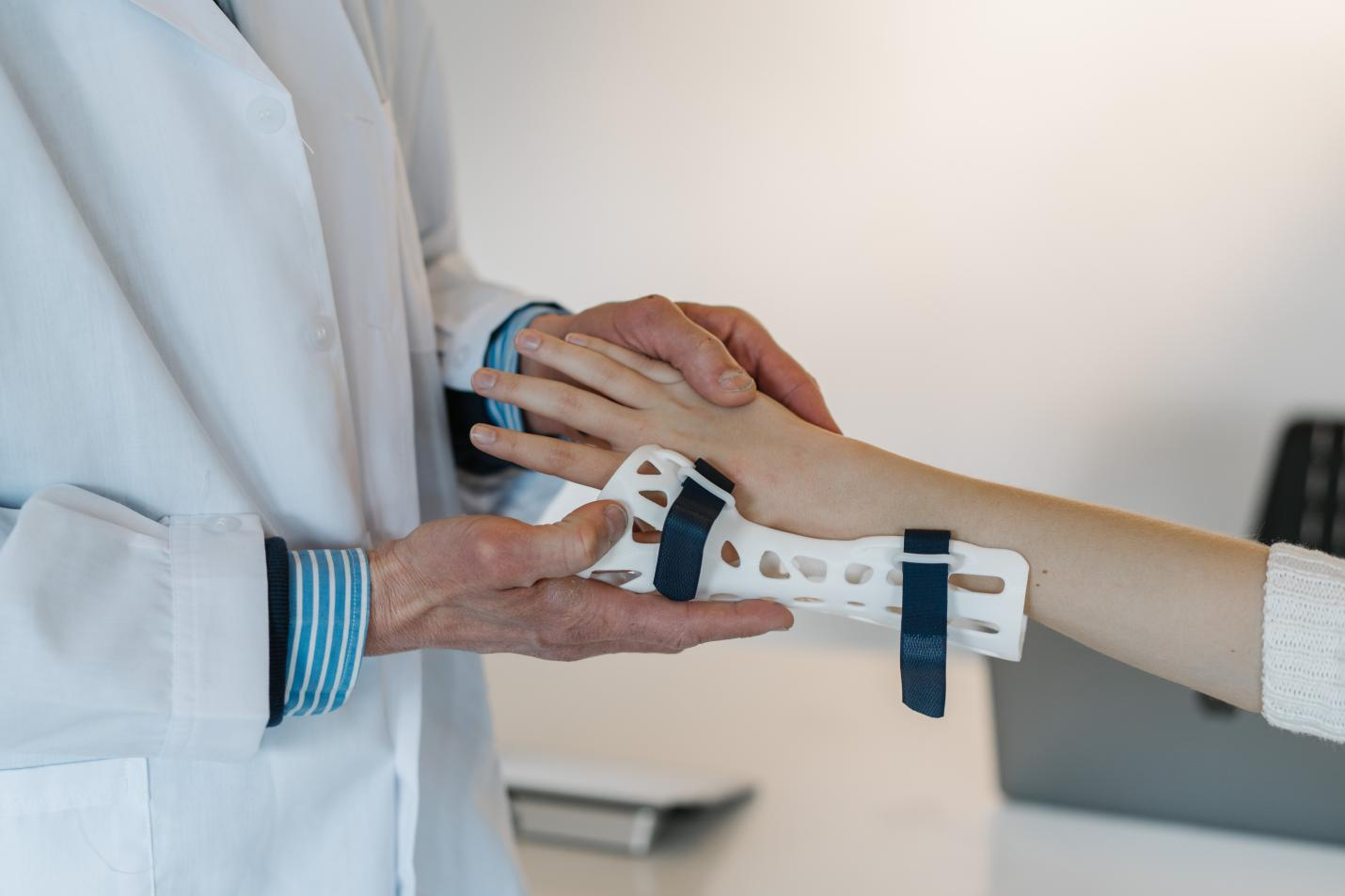3D printing has revolutionized the manufacturing industry, offering a wide range of benefits such as rapid prototyping, customization, and on-demand production. However, one of the key considerations for businesses and individuals looking to adopt 3D printing technology is its cost efficiency. In this article, we will delve into the various factors that contribute to the cost of 3D printing and analyze whether it is worth the investment.

The Initial Investment
When considering the cost efficiency of 3D printing, the initial investment in equipment and materials plays a significant role. The price of 3D printers varies widely, ranging from affordable desktop models to industrial-grade machines. Additionally, the cost of raw materials, such as filaments or resins, should be factored in. While the initial investment may seem daunting, it is essential to evaluate the long-term benefits and potential cost savings that 3D printing can offer.
Operational Costs
Besides the upfront expenses, operational costs are another crucial aspect of analyzing the cost efficiency of 3D printing. These include electricity consumption, maintenance, and labor. Understanding the operational costs involved in running a 3D printer is essential for accurately assessing its overall affordability. For instance, energy-efficient 3D printers and automated maintenance features can contribute to cost savings in the long run.
Cost Comparison with Traditional Manufacturing
Comparing the cost of 3D printing with traditional manufacturing methods is essential for determining its cost efficiency. While 3D printing may have higher material costs, it often eliminates the need for tooling, reduces waste, and enables complex geometries that are challenging or impossible to achieve through traditional manufacturing. Moreover, the ability to consolidate multiple parts into a single 3D-printed component can lead to significant cost savings in the production process.
Return on Investment (ROI)
Assessing the return on investment (ROI) is a critical step in determining whether 3D printing is worth the cost. Businesses must consider factors such as time savings, reduced inventory, and the ability to iterate designs quickly. For example, rapid prototyping with 3D printing can accelerate product development cycles, ultimately leading to cost savings and increased competitiveness in the market. By evaluating the tangible and intangible benefits, organizations can make informed decisions about the cost efficiency of integrating 3D printing into their operations.
In conclusion, analyzing the cost efficiency of 3D printing is a multifaceted process that involves considering the initial investment, operational costs, comparison with traditional manufacturing, and return on investment. While the cost of 3D printing may vary depending on the specific application and industry, it is essential to weigh the long-term benefits and competitive advantages it offers. By carefully evaluating these factors, businesses and individuals can determine whether 3D printing is worth the investment and harness its potential for innovation and cost savings.








